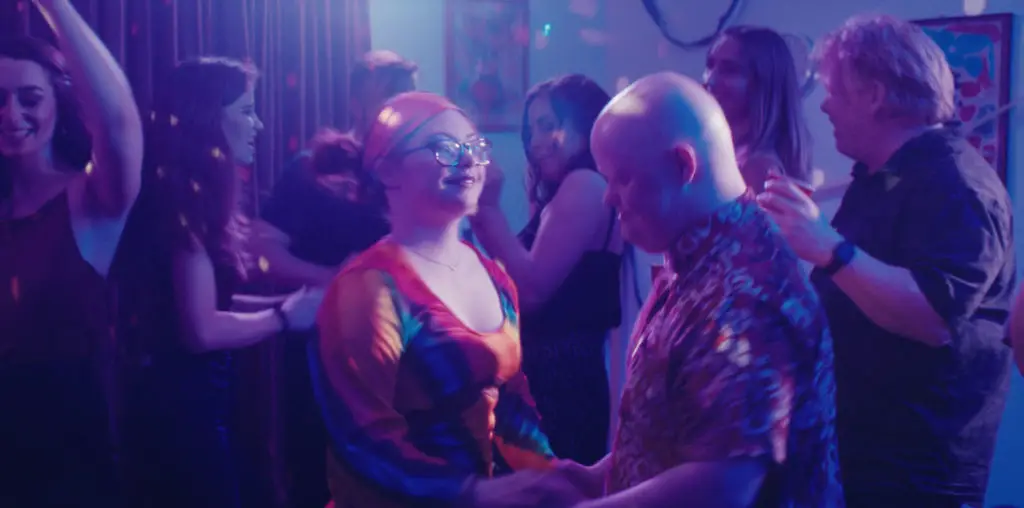
Aspiring cinematographers would do well to seek out a small indie feature called “Williamsburg” to study and gain inspiration from what cinematographer Will Sargent and director Brad Saville achieved from behind the camera. Shot in black-and-white, “Williamsburg” has a striking visual style that is uncommon in today’s independent cinema – a series of bold, artistic compositions that uses monochromatic hues to create an extraordinary play of light and shadows. Too often, filmmakers just aim and shoot – in this case, the camerawork brilliantly mirrors the yin-and-yang of its complex characters.
“Williamsburg” takes place in the hipster Brooklyn neighborhood and its plotlines are populated by artists and artistic poseurs who try (with varying success) to be true to their own creative purposes even if it means destroying themselves. The film follows the story concept of the French classic “La Ronde,” with one character going about his or her life before interacting with another, at which point the film’s focus changes to the second character’s life…until a third character wanders in, and so forth.
While the film is brilliantly framed, the filmmakers too often keep their camera locked in single, extremely extended takes. This requires a great deal of the cast to keep the dialogue flowing longer than usual. Fortunately, the able cast brings their characters to life and provide a memorable tapestry of lives on the artistic fringes. Best here are Russ Russo as a chain-smoking painter selling his art on the sidewalk while he seems to cough and choke himself into a slow death, Penny Bittone as a would-be writer who insists would-be girlfriends read aloud from his writing before they make love, and Evertz I. Saenz-Perez as an unrepentant teenage thief who finds his inner-Cassavetes after acquiring a stolen video camera.
All told, “Williamsburg” is an impressive and memorable achievement.
